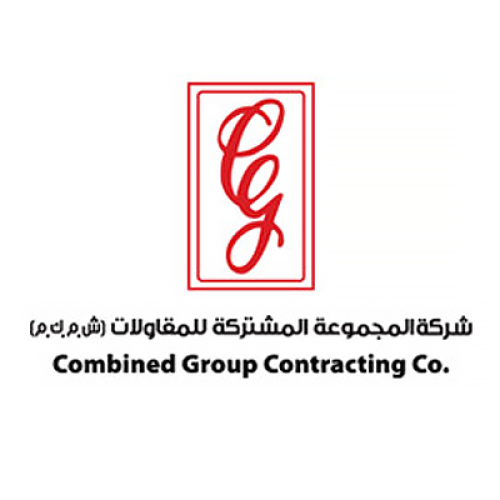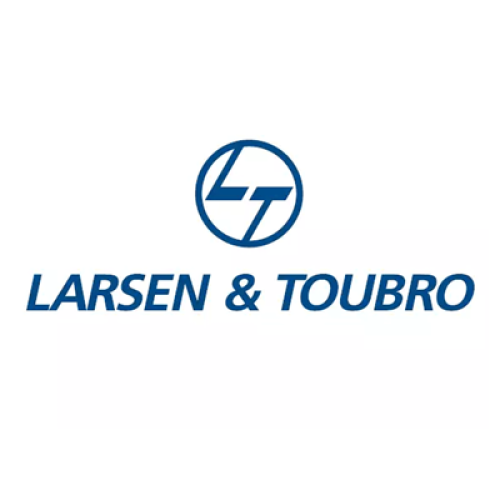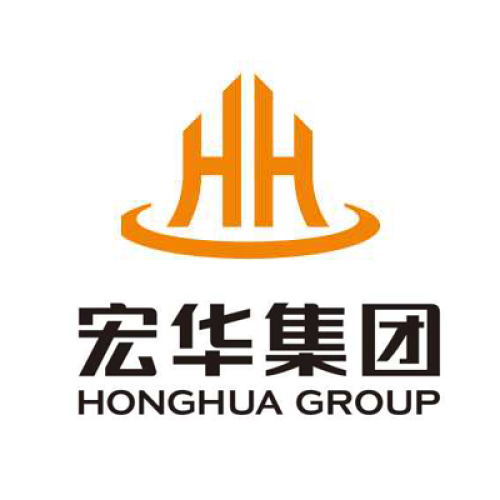Claim Preparation
There are certain factors that a party must evaluate in the early stages of claim preparation as the process can often be considerably time-consuming and expensive. The circumstances that may give rise to a claim should have a significant impact on the claimant, and its potential value and probability of success ought to be large enough to justify spending the required resources to prepare it. Further consideration should be given to the claim’s negotiation margin because although an inflated claim could be successful when reviewed by an inexperienced party, chances are that it would fail if matters develop into a dispute and an expert becomes involved.
Notwithstanding the above, it is imperative that any claim includes certain basic requirements to prove that the claimant is entitled to compensation. The contract and applicable law must be examined carefully, and the claim should be submitted in a sensible manner that includes coherent arguments supported by evidence to persuade the reviewer. It is also advisable to mention any faults or weaknesses but attempt to argue why they do not affect entitlement. A claim must include the following elements:
Cause:
A factual statement that illustrates the events and circumstances that lead to the claim and is usually easily substantiated by including project records. Typically, this would be due to the other party’s act of prevention or an event outside of the claimant’s control.
Effect:
The next step would be to link the cause with the effect that the claimed compensation is based on. This requires a thorough development of the facts and a realistic demonstration that the claimant, as a result of the event, is delayed or has incurred additional costs. The potential effect should be considered as soon as the causation is apparent because the relevant notices and records must be communicated and stored to substantiate the claim later on.
Entitlement:
Including the cause and effect of an event without setting out the claim’s contractual basis will not act as proof of entitlement to the claimed compensation. A successful submission should either demonstrate the relevant remedy contained in the contract or pinpoint the other party’s non-compliance. Additionally, there must be a reference to the contract conditions that are precedent to entitlement and, in cases where the claimant has not complied, reasonable arguments made as to why they should not affect the right to claim.
The reviewer has to be kept in mind throughout the preparation of the claim:
· Use large font and appropriate line spacing to allow note-taking.
· Include a front cover, executive summary, list of definitions and abbreviations, and a delay analysis methodology.
· Clearly label and reference separate volumes, sections and attached documents.
· Do not rely on attached documents to explain the circumstances. Draft an understandable narrative that contains the essential information and reference such documents for verification.
· Assume the reviewer has no prior knowledge of the project and include all the relevant information and supporting documentation.
· Quality over quantity; do not include irrelevant information.
· Do not let the reviewer reach their own conclusions. Include summaries that lead to logical and favourable conclusions.
A robust submission allows the claimant to start from a position of strength. It would be an unfortunate waste of resources if a claim is rejected simply because it is inadequately expressed. Claims often amount to significant sums, and companies must put in the necessary effort to prepare a successful one.
MMA Law










































Leave a Comment